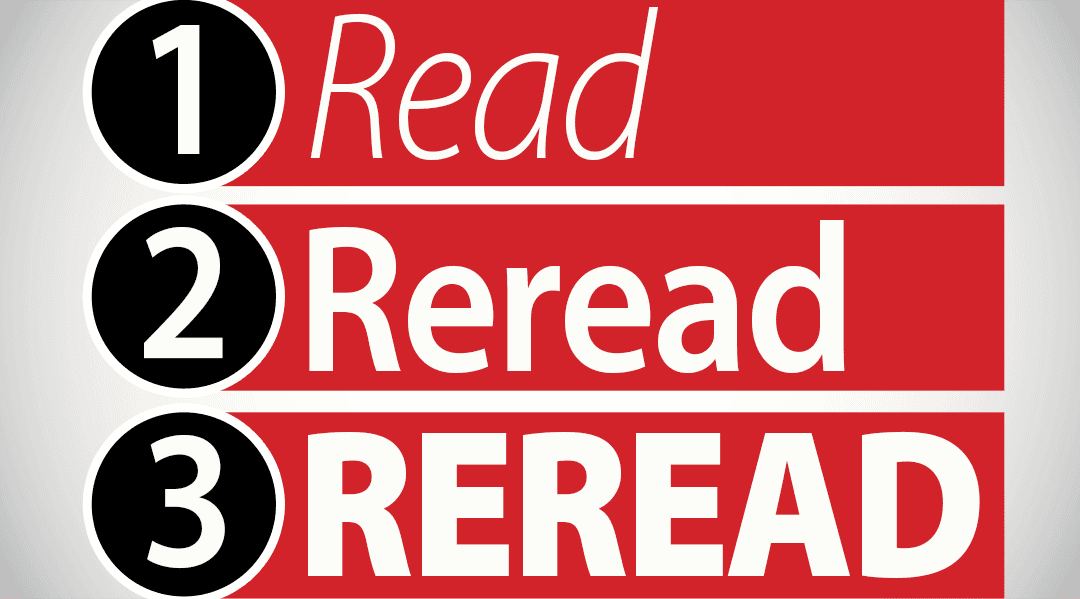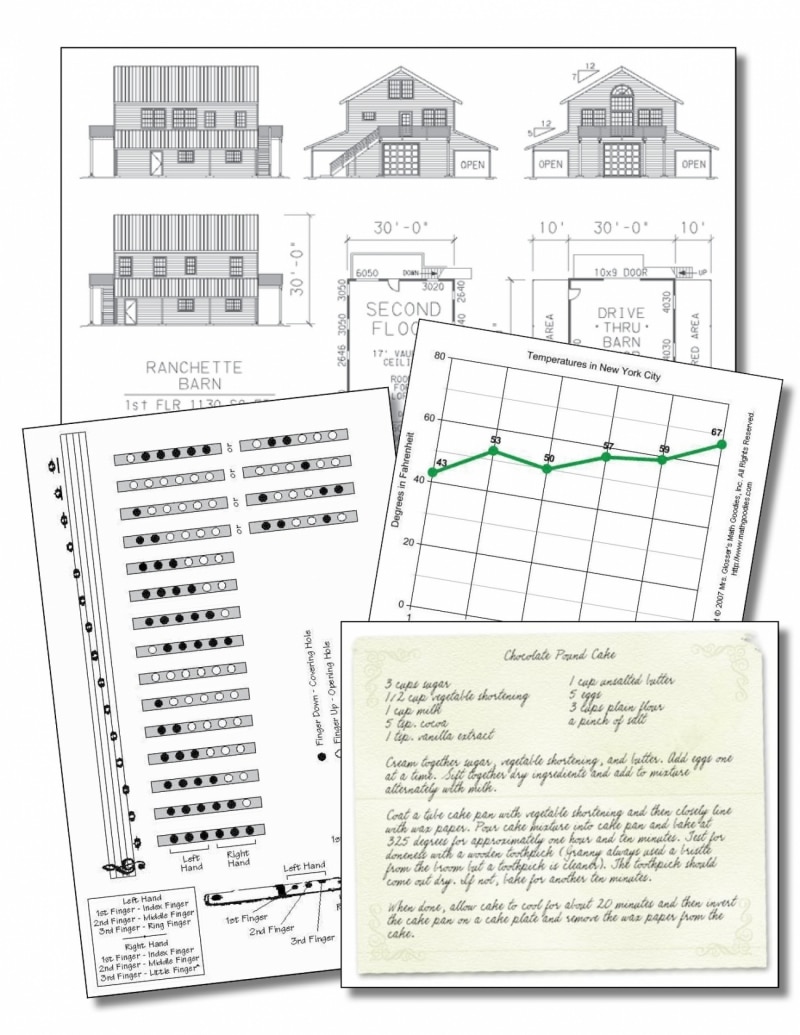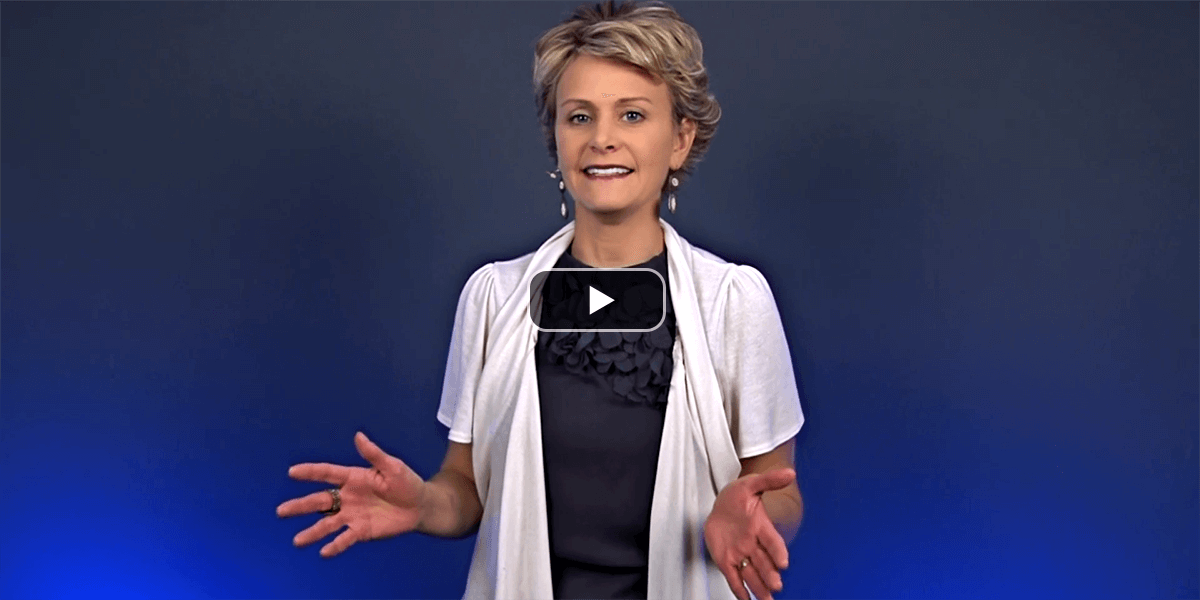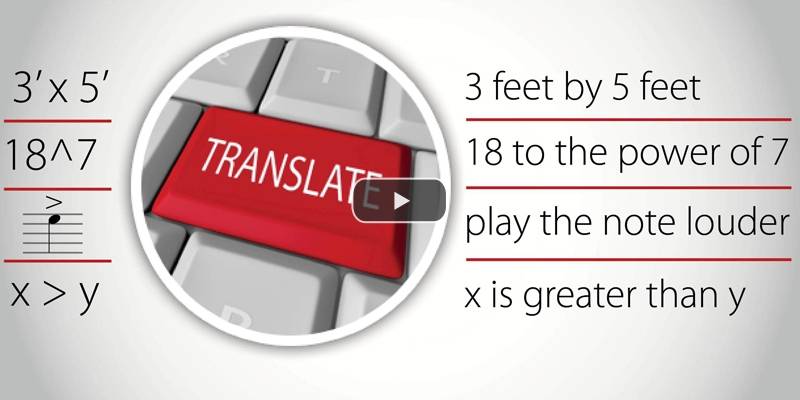Learning Center
reading
Attack story problems with the 3 phases of close reading
August 22, 2014
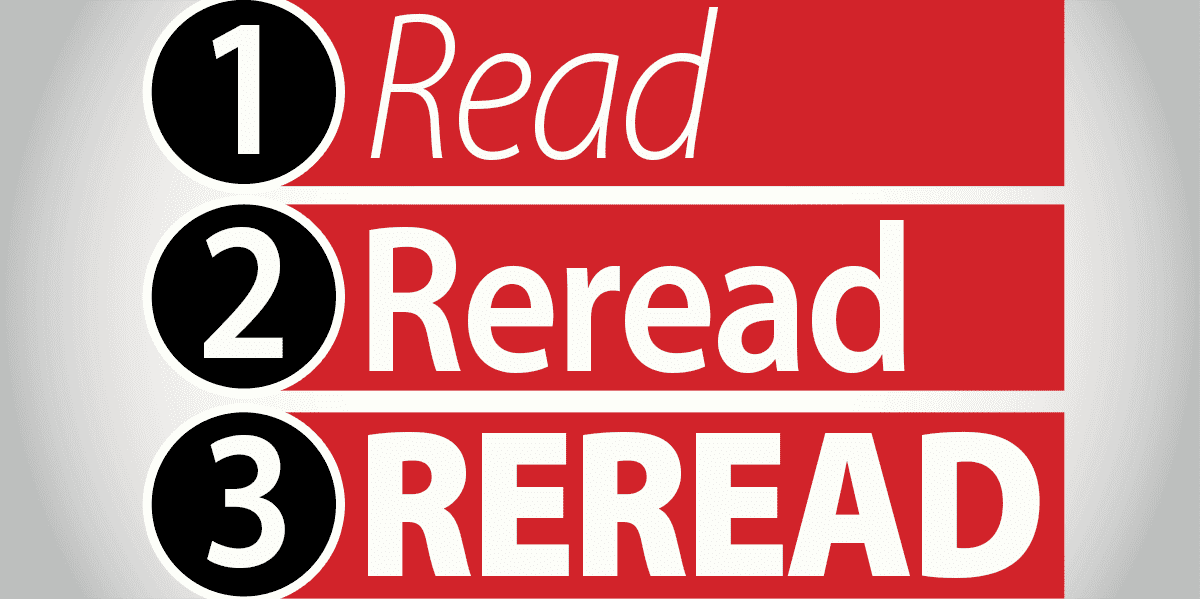
Technical-text reading requires more than simply comprehending the information. There is an expectation that the reader will also use or apply the information. These passages may ask the reader to make something (directions/instructions), bake something (recipe), perform something (sheet music), build something (blue print), interpret something (chart/graph), etc. Math story problems fall into this category. They require the reader to solve something.
Because story problems–and all other technical text–are complex, they demand the reader to read carefully, attending to precision and accuracy. However, many students don’t recognize that this mandates a slower reading rate and multiple readings. Instead, they often embrace the git-r-done attitude. Just read the problem, push it to the side, and start doing the math.
For that reason, students need explicit instruction on how to read story problems applying the three phases of close reading.
1. Read for key ideas.
The first reading is to glean the gist—to determine what they are solving for. In a story problem, this will be written as a command or a question and usually resides within the final sentence. All the sentences prior are supporting details. Students should initially read to get their arms around the context and what is being asked.
To maintain this main-idea focus, execute this first reading without a pencil in hand. If students are holding a writing utensil, they are tempted to start making notes and calculating. But until they reach the end of the problem, students don’t even know what they are to be solving for.
2. Reread for craft & structure.
The second read has a different purpose. Now students read with a pencil, underlining, circling, and highlighting the important information within the problem. Knowing what they are solving for (from the first reading), they can determine the relevant information and strike through the irrelevant.
Within this second reading, model how to read slowly, deliberately. Think Aloud about the small words in the problem and their impact. In technical text, precision and accuracy are essential. Close isn’t good enough. A single word can change the entire meaning.
For example, there is a big difference between salt and sugar in a recipe—although they look a lot alike. Just like there is a big difference between the percentage of something or the percentage off something. That single letter changes that answer.
In addition, during this second reading, students should take note of the order or sequence of the information. Often story problems require multiple steps. The organization of the problem offers clues for how it is to be solved. Students must make note of specific words and relevant information, yes, but they also need to attend to how those words are being presented in the overall context. Read the sample problem below.

The math students who see the word “total” in the sample problem and assume they are going to add all the numbers, will calculate the wrong answer. There is a bigger context to complex problems. Many require multiple steps and various operations. This is what typically prompts students to sketch out facets of the scenario. Noting how the problem is structured is part of the second reading.
Now, students are ready to integrate what they learned from the text (e.g., What am I solving for? What is the relevant information provided?) with their background knowledge (e.g., What operation/formula should I use? What other information can I assume or do I already know?).
3. Reread to integrate knowledge & ideas
Phase 3 includes working the problem with a pencil in hand and scratch paper nearby. Students attack the problem while reading it…again! This follows the mantra–Read a little; do a little.
Rereading the problem from the beginning, students should jot down the relevant information as it is presented (Read a little), performing each task/step as they go (Do a little). Let’s apply this mantra to the sample problem.
26 students – 2 students = 24 students
24 students – 4 students = 20 students
20 students + 3 students = 23 students
Read a little; do a little requires students to constantly refer to the original problem–which is essential! Precision and accuracy are essentials. Great care must be taken; there are no “little” mistakes in math. Any mistake is an error and causes an incorrect outcome.

